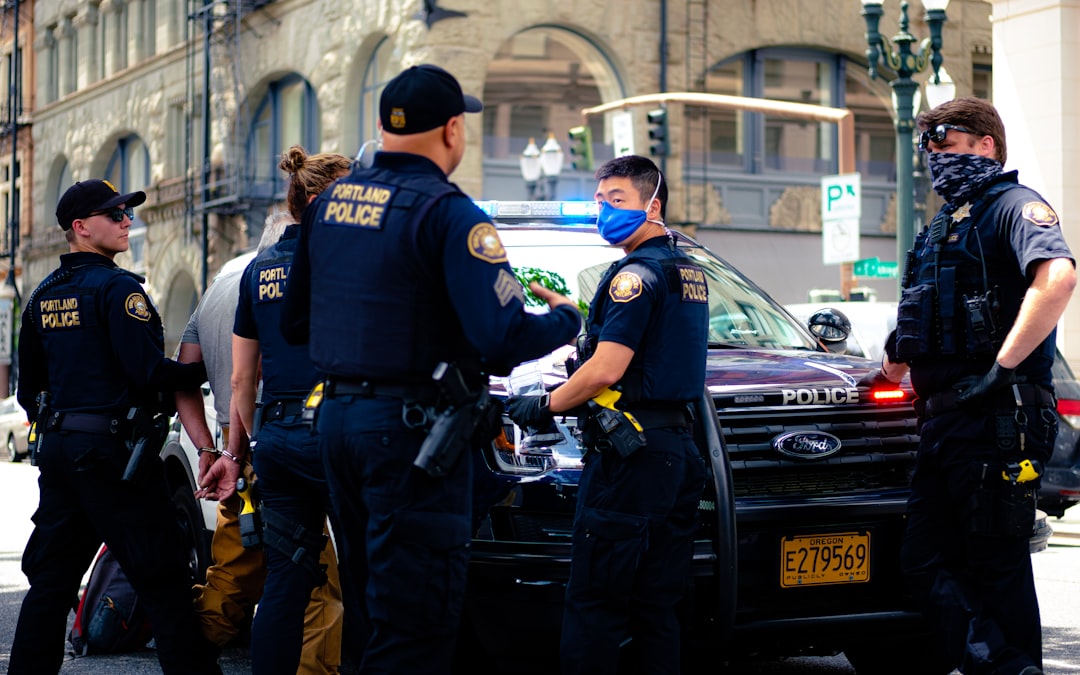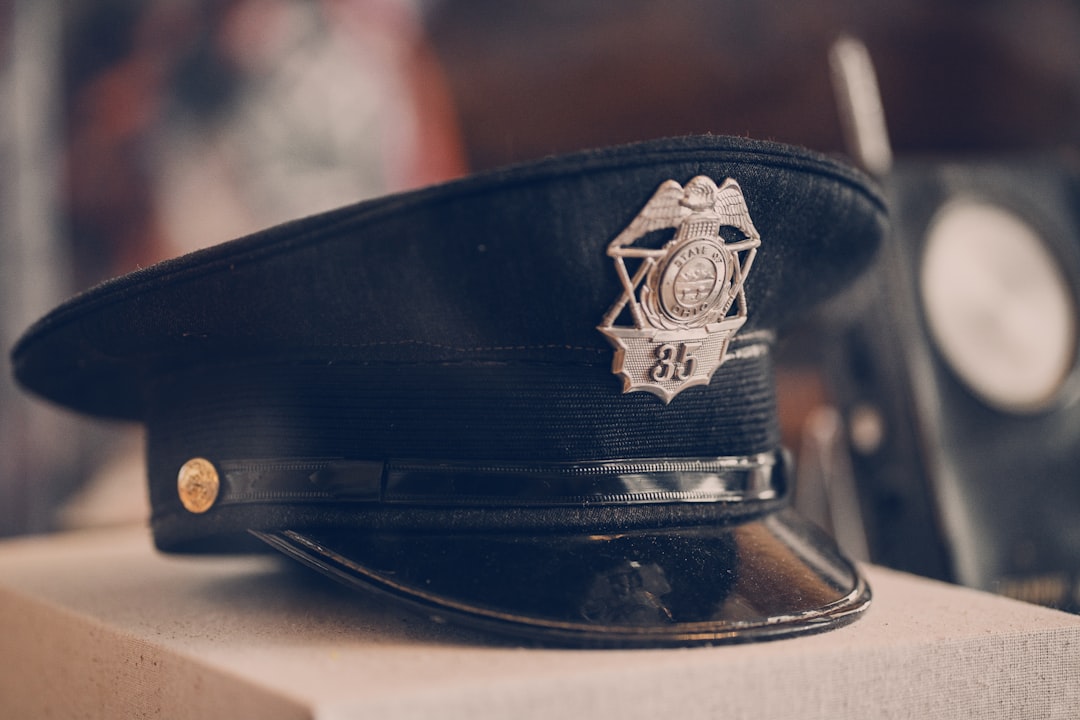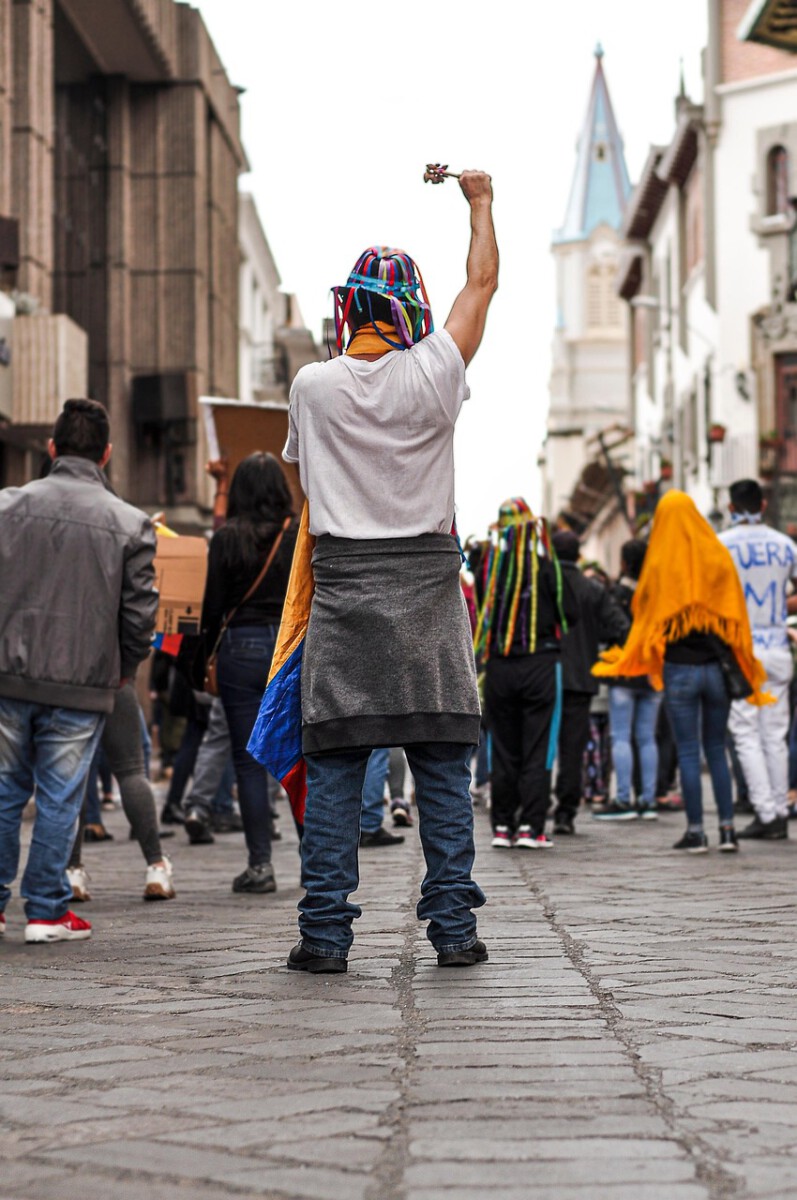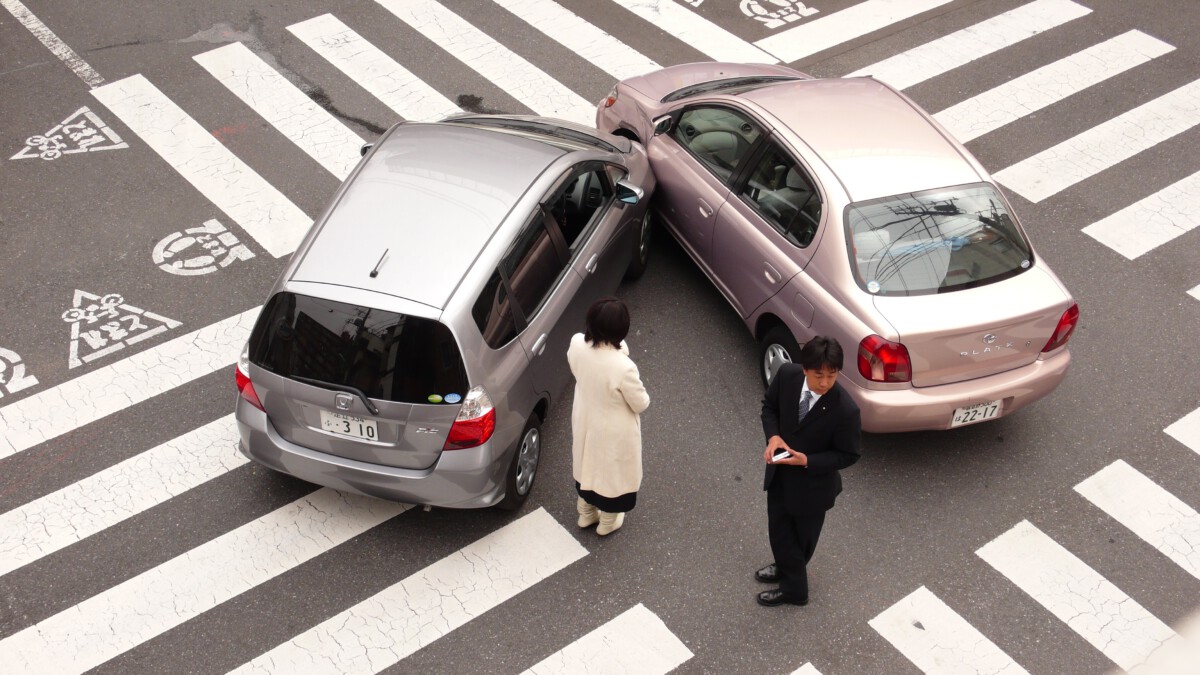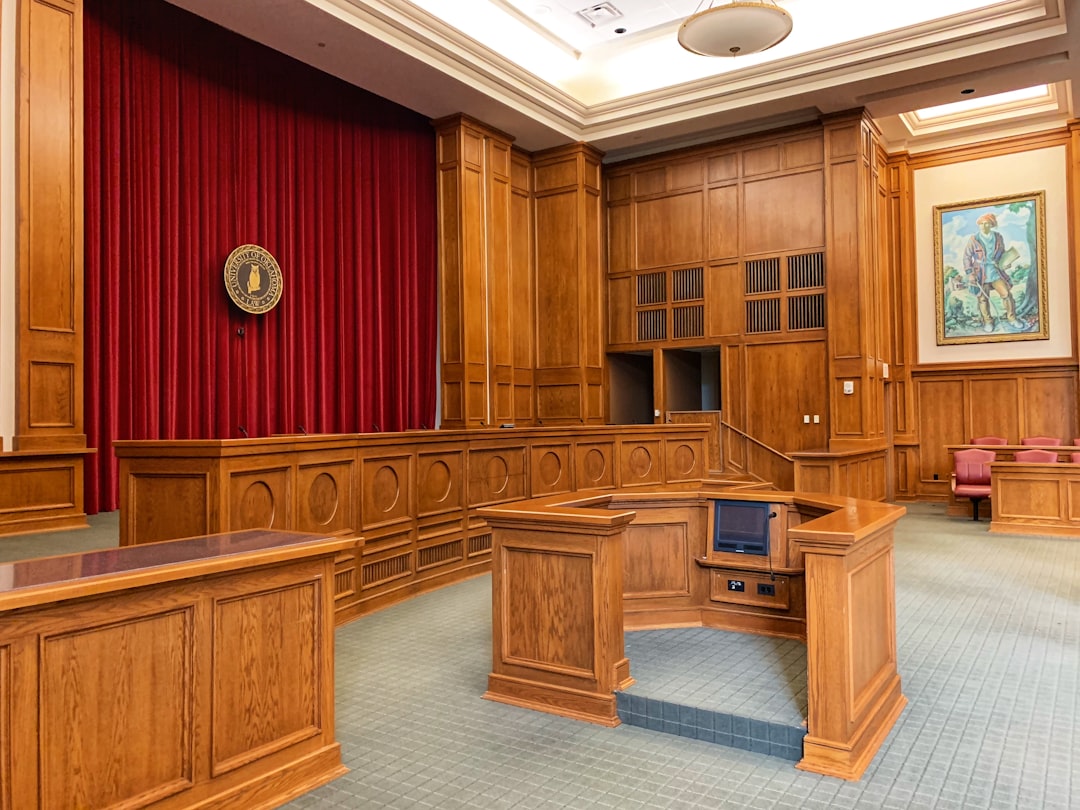The Iconic Eiffel Tower

The Eiffel Tower, standing at an impressive 1,083 feet, is one of the most recognizable structures in the world. Each year, it draws in more than 7 million visitors, making it the most-visited paid monument globally. Its iron lattice structure, which was designed by Gustave Eiffel and completed in 1889, is a marvel of 19th-century engineering. As evening falls, 20,000 sparkling lights bring the tower to life, creating a dazzling spectacle that photographers and tourists cherish. Recent improvements have made the Eiffel Tower more accessible, with upgraded elevators and new glass viewing platforms allowing even more breathtaking perspectives of Paris. The view from the top offers a sweeping panorama that captures the city’s rooftops and winding streets, making every photo feel like a postcard. The tower’s enduring presence in popular culture, from classic films to fashion shoots, keeps it at the heart of Parisian identity. Each photo tells a story of innovation, beauty, and the timeless spirit of Paris.
The Louvre Museum

The Louvre Museum is not just a treasure trove of art but a stunning sight in itself, blending history and modernity. Housing over 38,000 works, including the Mona Lisa and the Venus de Milo, it attracts around 9.6 million visitors each year. The iconic glass pyramid entrance, designed by I.M. Pei, contrasts elegantly with the classical façade, reflecting the city’s ability to honor tradition while embracing change. Wandering its vast galleries, visitors are surrounded by grand arches, marble statues, and ornate ceilings that make every angle worthy of a photograph. Recent years have seen the Louvre spotlight contemporary artists, demonstrating its commitment to evolving with the times. The museum’s outdoor spaces, such as the Tuileries Garden, offer peaceful retreats, where people can enjoy the manicured lawns and fountains. The Louvre’s rich history, stretching back to its origins as a royal palace in the 12th century, adds another layer of depth to its visual appeal. Every photograph taken here captures the intersection of art, history, and Paris’s enduring elegance.
Montmartre’s Artistic Charm

Montmartre remains a symbol of Paris’s bohemian soul, famed for its steep cobbled streets and vibrant art scene. The white-domed Sacré-Cœur Basilica sits atop the highest point in Paris, offering sweeping city views that inspire countless photographers. Cafés and bistros spill onto the sidewalks, their striped awnings and chalkboard menus inviting passersby to linger. The neighborhood’s legacy as the home of artists like Picasso and Van Gogh adds a palpable sense of history to every corner. Each autumn, the Montmartre Wine Harvest Festival brings locals and visitors together to celebrate with music, art, and tastings from the neighborhood’s own vineyard. Street artists set up easels in Place du Tertre, painting portraits and lively scenes, continuing a tradition stretching back generations. Montmartre’s unique blend of old-world charm and creative energy makes every photo a celebration of the Parisian spirit. It is a place where past and present dance together, creating images that feel timeless.
The Seine River’s Scenic Beauty

The Seine River gently weaves through Paris, offering ever-changing views that have inspired painters, poets, and photographers for centuries. Its historic bridges, such as Pont Alexandre III with its gilded decorations, are architectural masterpieces in their own right. Evening boat cruises glide past illuminated landmarks, providing a magical vantage point on the city’s elegance. In recent years, Paris has transformed many riverbanks into pedestrian promenades, encouraging both locals and tourists to stroll, picnic, and enjoy the scenery. These revitalized spaces, like Les Berges de Seine, are now hubs for leisure and cultural events. The river’s reflective surface often mirrors the city lights, creating mesmerizing photos that capture Paris’s dreamy atmosphere. Along the quays, booksellers known as bouquinistes add a literary charm, their green boxes filled with vintage finds. The Seine remains the lifeblood of Paris, and every photograph along its banks tells a story of beauty and transformation.
The Opéra Garnier’s Architectural Splendor

The Opéra Garnier stands as a monument to Parisian luxury and artistic ambition, enchanting visitors with its ornate beauty. Inside, the grand staircase of white marble rises beneath glittering chandeliers, leading to velvet-draped balconies and golden frescoes that dazzle the eye. Built in the late 19th century, the opera house represents the peak of Baroque Revival architecture, with every detail crafted for maximum opulence. In recent years, renovations have preserved this historical gem while adding modern amenities for audiences. The façade, adorned with intricate sculptures and gilded decorations, provides a dramatic backdrop for photographs, especially during the golden hour. Guided tours offer glimpses behind the scenes, revealing rehearsal rooms and costume workshops steeped in history. The Opéra Garnier continues to host world-class performances, attracting culture lovers from around the globe. Every photo taken here is a tribute to artistic excellence and Paris’s commitment to elegance.
The Gardens of Versailles

The Gardens of Versailles, spanning over 800 hectares, epitomize the grandeur of French landscape design. Their geometric patterns, mirror-like ponds, and elegant fountains create a harmonious spectacle that draws more than 6 million visitors each year. The gardens are carefully maintained to preserve their original 17th-century layout, a testament to centuries of horticultural artistry. Seasonal flowerbeds burst with color, while musical fountain shows add a dynamic, enchanting element that delights families and photographers alike. Recent restoration projects have focused on protecting the gardens’ biodiversity, balancing historical accuracy with environmental sustainability. Sculptures of mythological figures dot the grounds, offering focal points for dramatic photos and moments of reflection. The immense scale and symmetry of Versailles’ gardens make them a favorite destination for wedding shoots, travel photography, and artistic inspiration. Every image from these gardens captures a piece of royal history set against a living, breathing tapestry of nature.
The Historic Architecture of Le Marais

Le Marais stands out as one of Paris’s best-preserved historic neighborhoods, where medieval streets meet vibrant modern life. Elegant hôtels particuliers (urban mansions) line the narrow lanes, their stone facades telling stories of centuries past. Today, Le Marais balances its heritage with a thriving arts scene, home to cutting-edge galleries, chic boutiques, and cozy cafés. Annual events like the Pride Parade fill the streets with color and celebration, reflecting the area’s openness and diversity. In recent years, urban renewal projects have restored many historical sites while introducing new public spaces and green pockets. Photographers are drawn to the district’s dynamic contrasts—ancient synagogues standing beside trendy concept stores, or old-world bakeries next to contemporary art installations. The Place des Vosges, with its arcades and manicured lawns, remains a picture-perfect centerpiece. Le Marais is a living mosaic, where each photo captures the unique blend of old and new that defines Paris.
The Charm of Saint-Germain-des-Prés

Saint-Germain-des-Prés has long been a gathering place for Paris’s intellectual and creative elite, drawing writers, artists, and philosophers to its storied cafés. Landmarks like Café de Flore and Les Deux Magots have hosted legendary figures such as Jean-Paul Sartre and Simone de Beauvoir, making them iconic settings for candid photographs. The streets are lined with bookshops, art galleries, and historic churches, all exuding a quiet sophistication. Recent preservation efforts have ensured that new developments complement the neighborhood’s historic character, maintaining its unique sense of place. The area’s leafy squares and bustling markets offer endless opportunities for capturing authentic Parisian moments, from friends chatting over espresso to artists sketching in the park. The elegant façades and wrought-iron balconies provide a classic backdrop for fashion and lifestyle photography. Saint-Germain-des-Prés continues to inspire visitors with its blend of tradition, culture, and understated elegance. Every image here tells a story of creativity and community.
The Allure of Parisian Cafés

Parisian cafés are more than just places to drink coffee—they are living symbols of the city’s social life and style. With their small round tables and rattan chairs spilling onto the sidewalks, cafés invite people to pause, watch the world go by, and savor the moment. Many cafés have embraced eco-friendly practices in recent years, like sourcing local produce and reducing single-use plastics, reflecting a growing focus on sustainability. Photographers love capturing the lively scenes of friends laughing, artists sketching, or lovers sharing a quiet moment over a croissant. Iconic establishments such as Café de Flore and La Rotonde have become cultural landmarks, featured in countless films, novels, and travel guides. The café tradition is a cornerstone of Parisian identity, adapting to modern tastes while retaining its classic charm. Newer cafés often blend traditional aesthetics with contemporary menus, attracting both regulars and curious newcomers. Each photograph taken in a Paris café is a snapshot of daily life, rich with atmosphere and elegance.
The Timeless Appeal of Parisian Fashion

Paris sets the standard for elegance and innovation in the world of fashion, earning its reputation as a global style capital. Paris Fashion Week, held twice a year, attracts designers, models, and influencers from around the world, generating buzz and billions in revenue for the French economy. The city’s streets themselves are runways, where locals display effortless chic through tailored coats, bold accessories, and creative layering. Recent trends highlight the industry’s growing commitment to sustainability and inclusion, with major houses introducing eco-friendly collections and celebrating diversity in casting. Boutiques and vintage shops in neighborhoods like Le Marais and Saint-Germain offer unique finds, adding depth and history to personal style. Fashion photography thrives in Paris, with every backdrop—from grand boulevards to hidden courtyards—offering a canvas for self-expression. The enduring appeal of Parisian fashion lies in its mix of tradition and innovation, inspiring people worldwide to embrace their individuality. Every fashion photo from Paris tells a story of creativity, elegance, and confidence.


